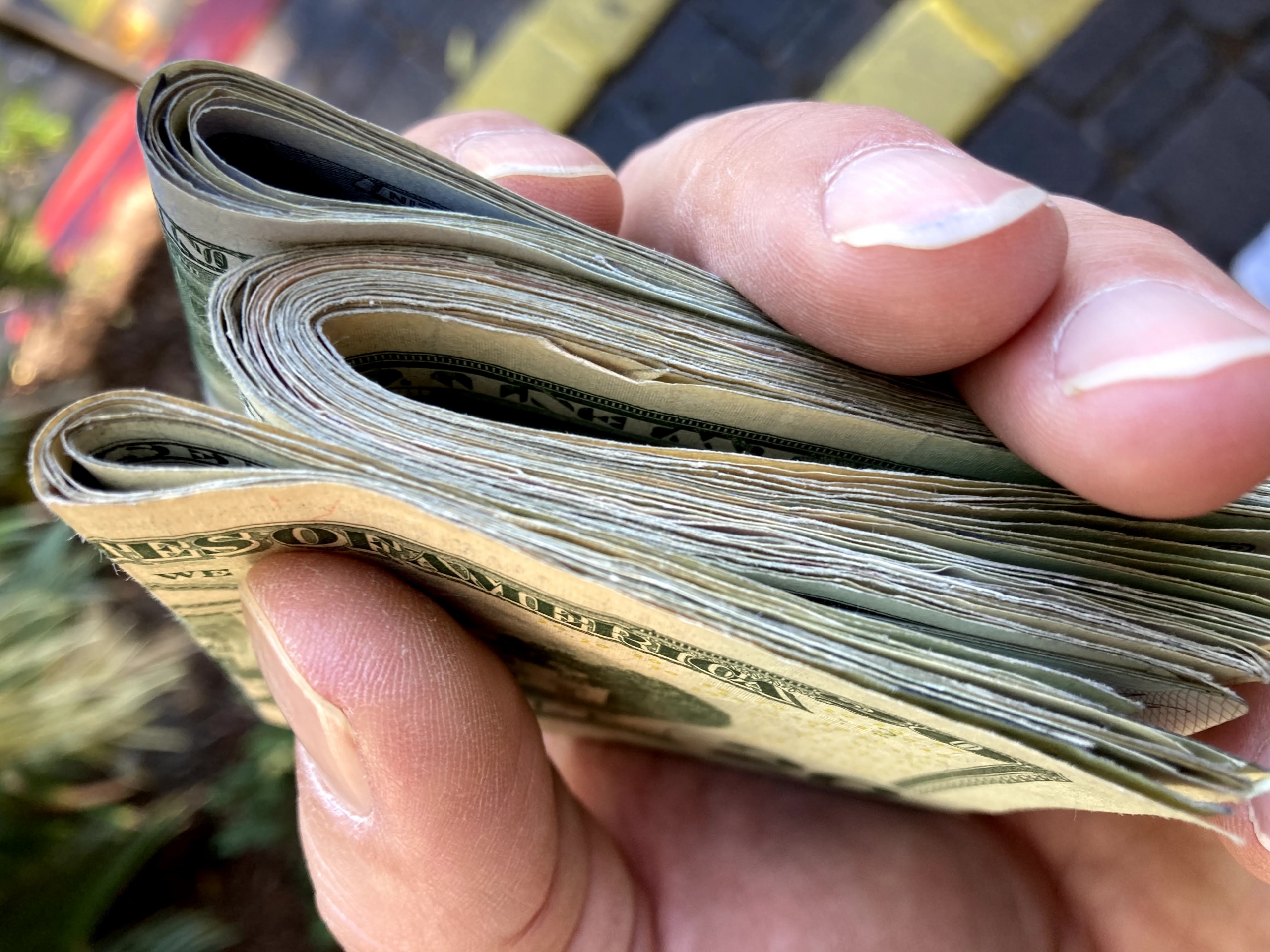Other than being a cool word lots of people hear only in gangster films, the “vig” is something most people don’t understand. Short for “vigorish,” the vig is nothing more than the tax or profit margin a sports book works with when accepting bets. When it comes to sports betting, the standard vig is 10 percent and generally is represented by “-110” when reading the lines at sportsbooks. What that means is, if you want to win $100, you have to bet $110. If your bet wins, you will collect your $110 wager plus $100 in profit. If your bet loses, you paid $110 for the chance to win $100. In most sports bets involving either a side or a total, -110 is the most common vig attached to a wager, but the vig can change in order to encourage wagers on the opposite side. If the vig is -115 for one side, it will be -105 on the other. A -120 vig means the other side will have even money in which $100 wins $100 while those wanting the -120 would need to lay $120 to win $100.
How the Vig Affects Sports Betting
If you were running a sports book, in an ideal world, every bet you took would be offset by a wager of equal size on the other side. So if you have 100 people wagering the same amount on Oregon over Michigan State and another 100 people wagering the same amount on Michigan State over Oregon, when the game kicks off, you have exactly half the wagers on one side and half on the other. When the bets are balanced, you have locked in a 10 percent profit regardless of the outcome. The losing tickets will pay the winning tickets while leaving an extra 10 percent for the house as a profit. Of course, sports books never have exactly half of all wagers on one side or game total that are balanced by bets on the other side. If there is significantly more action on one side of a bet, then the books will either adjust the points or the vig — or both — to encourage more action on the other side. In Las Vegas, sports books will sell wagers to other books in order to help each other balance their action as much as possible and lock in as much of the 10 percent profit margin as they can.
How You Beat the Vig
If you win exactly half of all bets laid and wagered the same amount with a 10 percent vig on each ticket, you would lose 10 percent of your initial bankroll. When you are dealing with the vig, you have to win more than half of your bets to finish ahead. Specifically, with a 10 percent vig, you must win 52.34 percent of all your bets to break even. That means you really can’t win a profit unless you consistently can pick at least 55 percent of your wagers correctly and bet nothing but straight bets on each one. Those who consistently can pick 60 percent of wagers generally are highly successful professional sports bettors or are selling their picks to clients.
Look for Good Values in the Vig
Many professional bettors pay attention to the vig and will jump on ones in which they see a good value. If a team is at even or positive vig money, a pro bettor might take a chance on it due to the higher payoff for a lower risk. Aside from money-line bets, which use more extreme versions of the vig to encourage betting, most vigs will stay within the -110 to -120 range. Sometimes, they will go as high as -130 to -140, but only if the sports book for whatever reason really does not want to change the point spread or total on a game. That might happen if the line is -3 in a football game and the sports book really does not want to push the line to -3.5 or -4 points.
